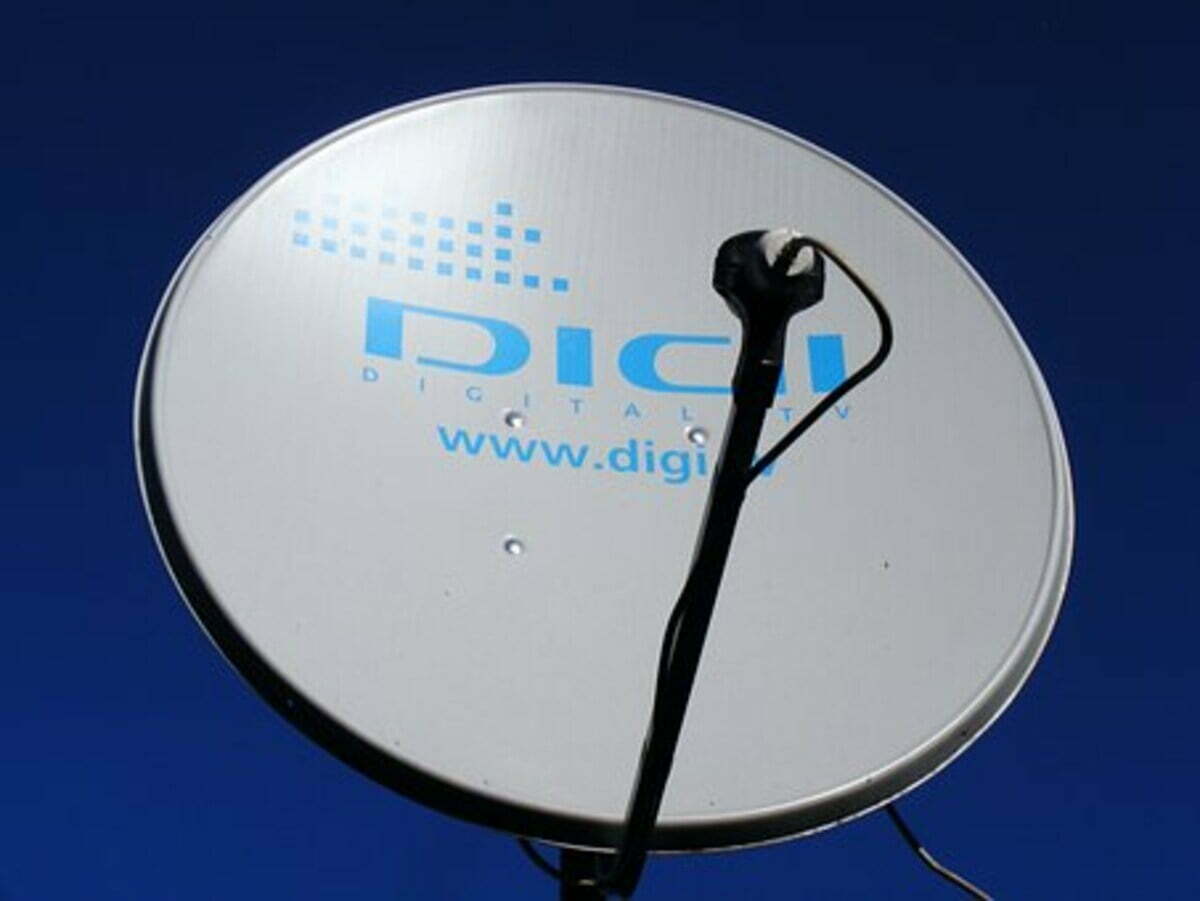Dish TV Problems and Solutions
When you are having trouble with your dish television, there are some solutions to help you. You need to make sure that your dish television is aligned properly, that all the cables are working correctly and that your set-top box is working. You should also check that the signal is working. If you get a bad signal, you need to make sure that the weather is not responsible for your problem. This may involve resetting the set-top box, rebooting the receiver, and checking that the antenna is in the right position.
Reboot the receiver
When your Dish TV Network receiver stops working, resetting it can help to fix the problem. Sometimes the problem is something simple, such as a bad connection or a broken cord, and other times it’s a more complicated issue, such as a faulty receiver. If the trouble comes and goes, it might be a good idea to try resetting the receiver, and if it doesn’t solve the problem, you’ll need to talk to a Dish technician.
To revert your receiver to its factory settings, you first need to find the button that lets you access the System Info screen. It might be on the top right or left of your device.
If you can’t find this button, try pressing the red reset button. It’s important to unplug your receiver from the power outlet and wait about 15 seconds before plugging it back in.
Check that all of the cables are in good working order
If you’re using a dish TV, it’s important to check that all of the cables are in working order. The old cables aren’t going to last forever. It may also be a good idea to replace them with new ones. Hopefully, your provider will send out a tech to make sure you’re getting the best signal possible.
In general, there are three major cables that should be checked out. The coaxial cable connects to the “Sat in” port on the dish, and then there are the video and audio cables. The latter two should be attached to the right connectors. Finally, you need to find the best place to mount your satellite dish. The location varies depending on your property and where you plan to watch TV.
Align the satellite dish
The process of aligning a satellite dish can be a daunting one. Fortunately, there are a few things that you can do to make this process less intimidating.
The first thing you want to do is turn on your satellite receiver. Then you need to set your antenna to a level elevation of 51 degrees. This is important. Otherwise, your receiver will not receive the proper signal.
You also want to consider the horizontal alignment of your dish. This is where the meter will come in handy.
The meter must be set to a slow series of discrete steps. This is important, as you do not want to overcorrect the dish.
The best time to do this is on a clear day. If the weather is cloudy, you may experience a diminished view of the satellite signals.
Bad weather can cause signal loss
If you are experiencing bad weather, you may experience a loss of your dish TV signal. The good news is that you can fix this issue, but you will need to take some steps first.
First, you need to understand the basics of a satellite dish. This will allow you to identify the causes of poor reception. You can also determine how to prevent this issue from happening.
The most common cause of signal loss is bad weather. However, there are many other factors that can contribute to this problem.
When you receive a “Signal Loss” message from your satellite service provider, it is likely a result of a hardware or software issue. If your dish network receiver is still in good condition, you may want to try a reset. You should unplug the receiver from the power outlet and wait at least ten seconds before plugging it back in.
Reset the set-top box
Having your TV set-top box reset can help you solve many problems. From volume issues to poor picture quality, there are a number of issues that can be fixed. But, how do you go about resetting your TV?
First, you need to make sure that your TV is on. If it is not, you need to power it on. This can be done with the remote control. Then, you need to check the input mode. If your remote does not have an input button, you can use the Menu button. This will display the input menu.
If your TV is stuck on one channel, you need to check the input source. If you have a wired headset or external device connected, it could be interfering with the TV’s sound. You can also try switching to a different network. It can take a few minutes for the change to take effect.



Comments are closed.